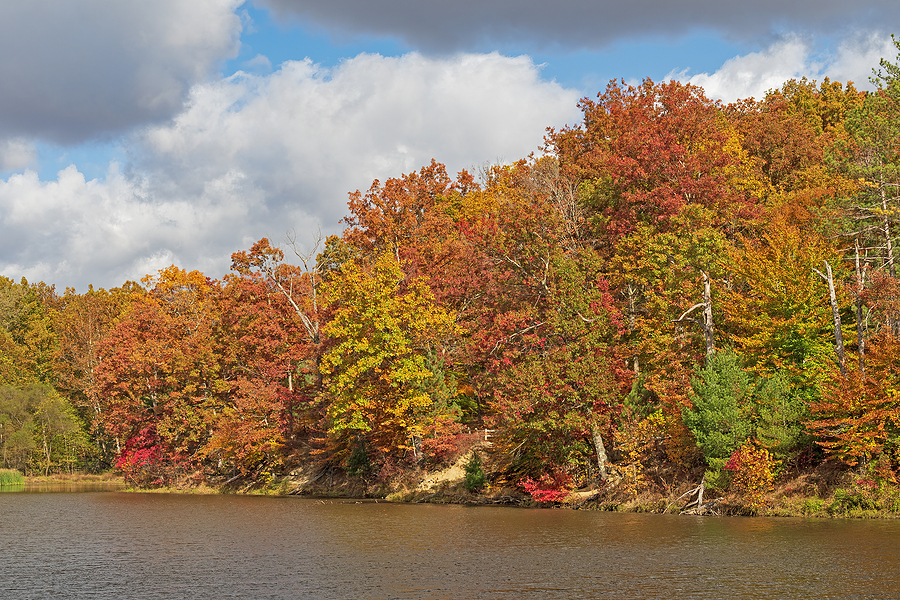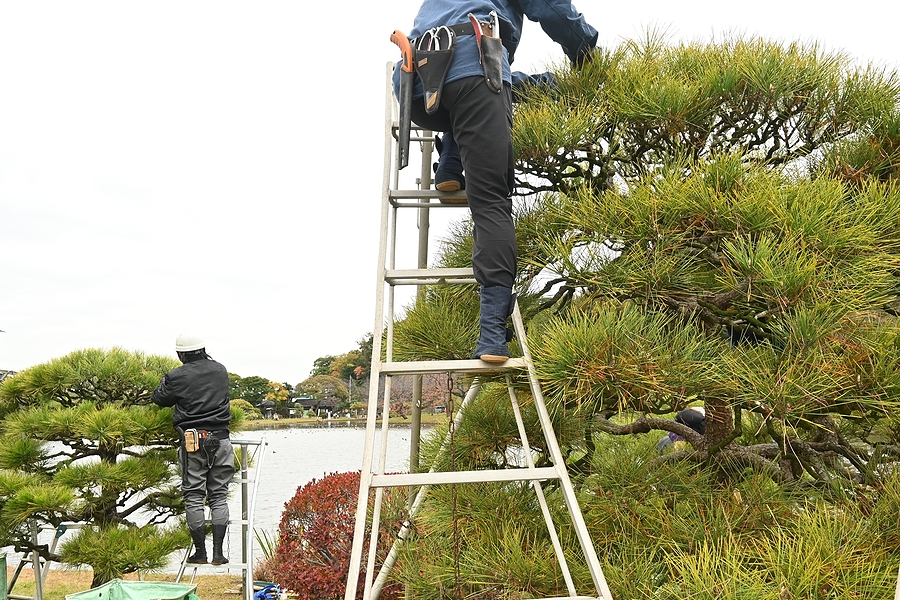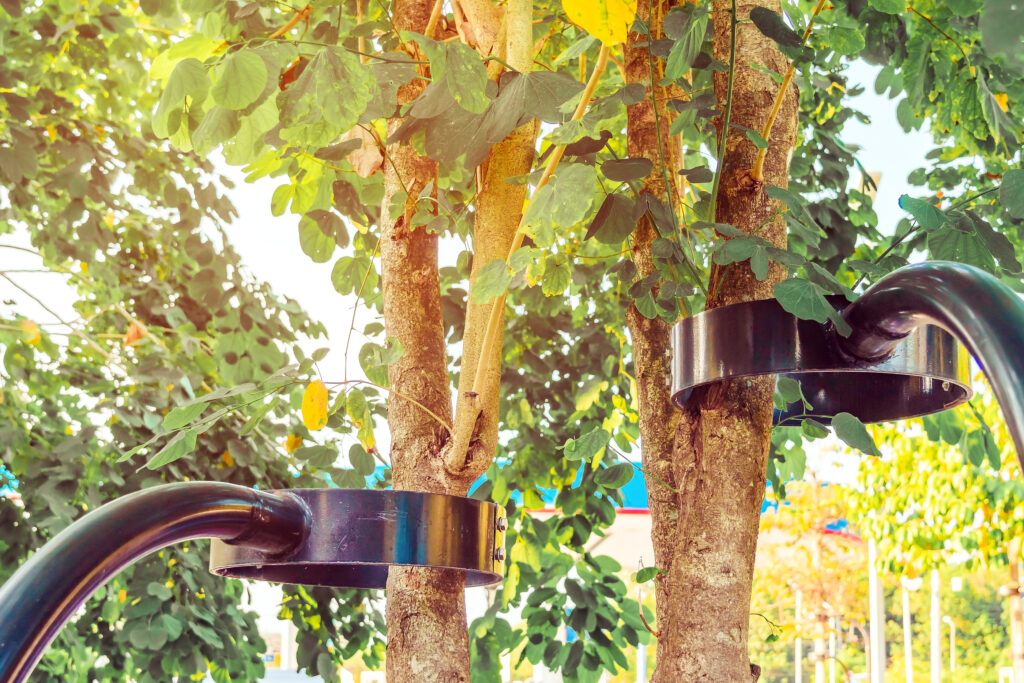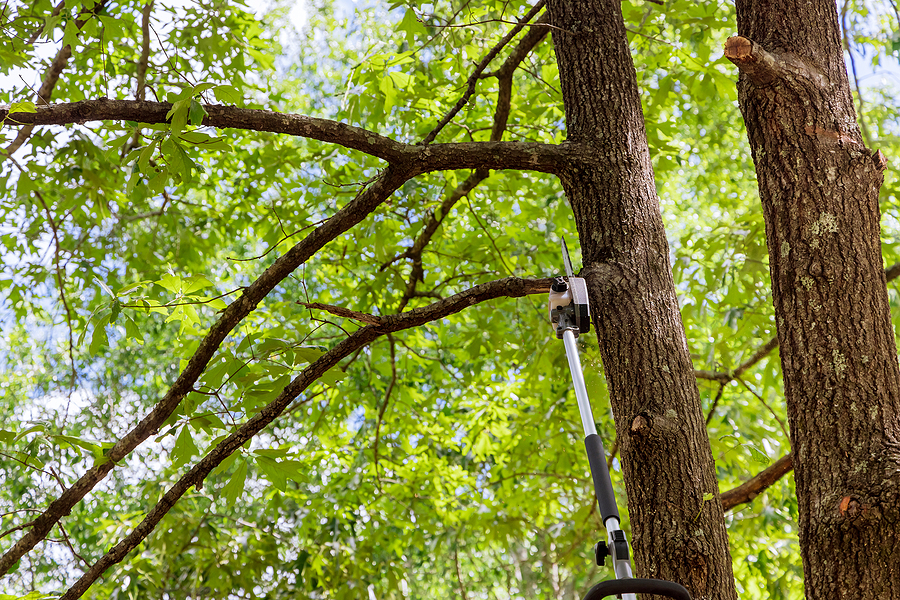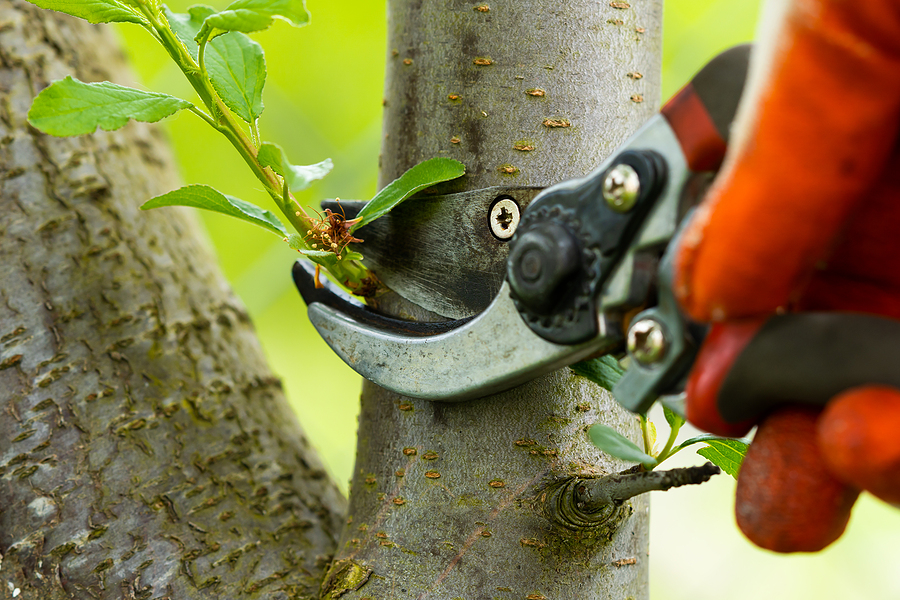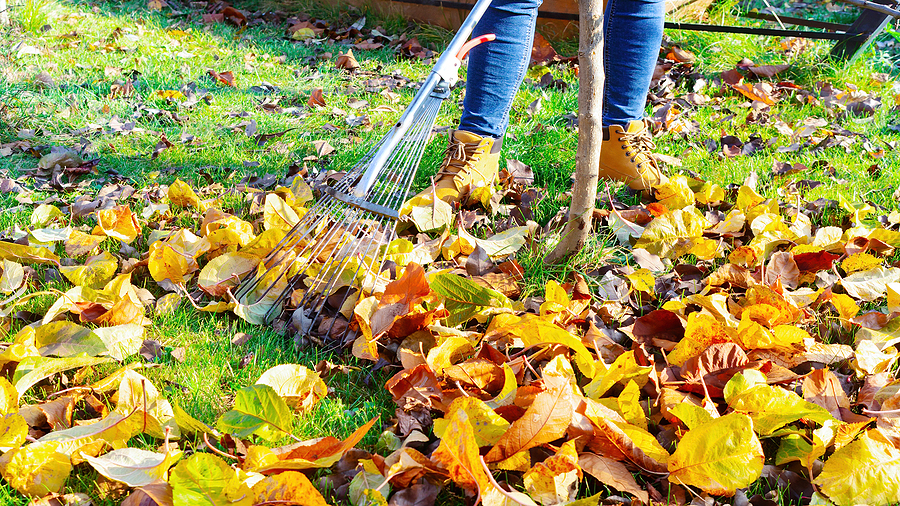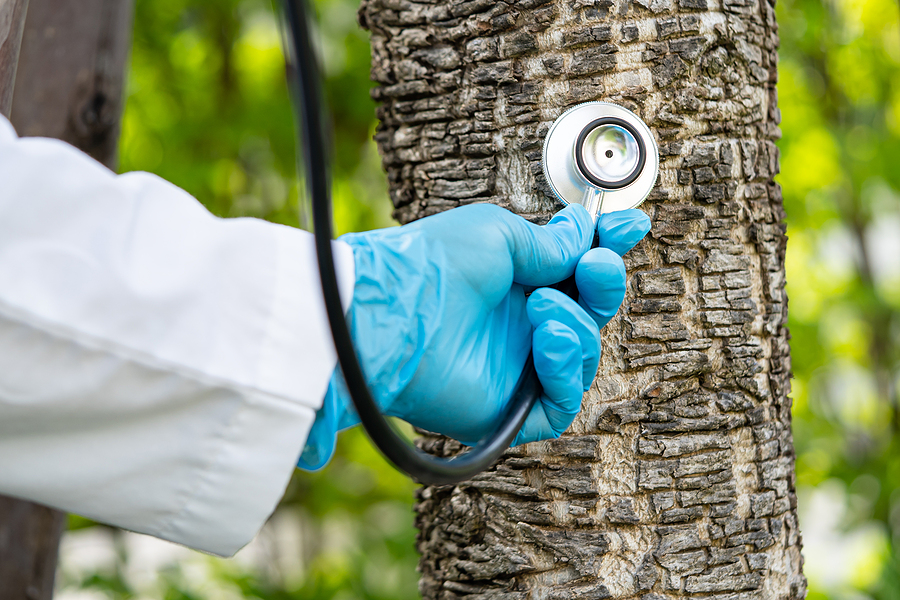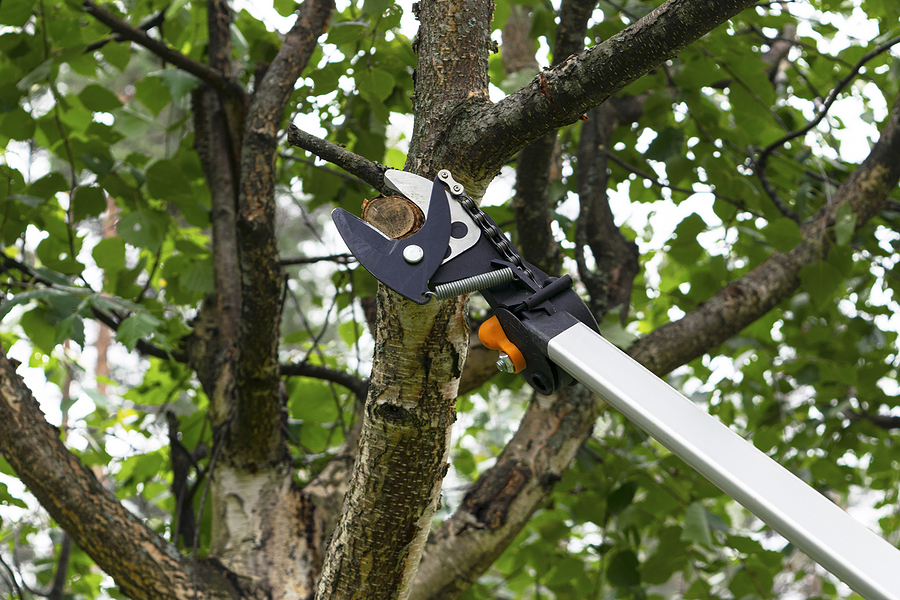As the temperature drops and Indiana settles into the heart of winter, your trees require special attention to stay healthy and thrive. This blog post aims to shed light on essential winter tree care practices, primarily focusing on tree mulching and tree cable installation. These preventive measures can ensure the well-being of your trees during the harsh winter season. So, let’s dive in and explore how you can help your trees withstand the Indiana winter with grace and emerge in spring, robust and full of life.
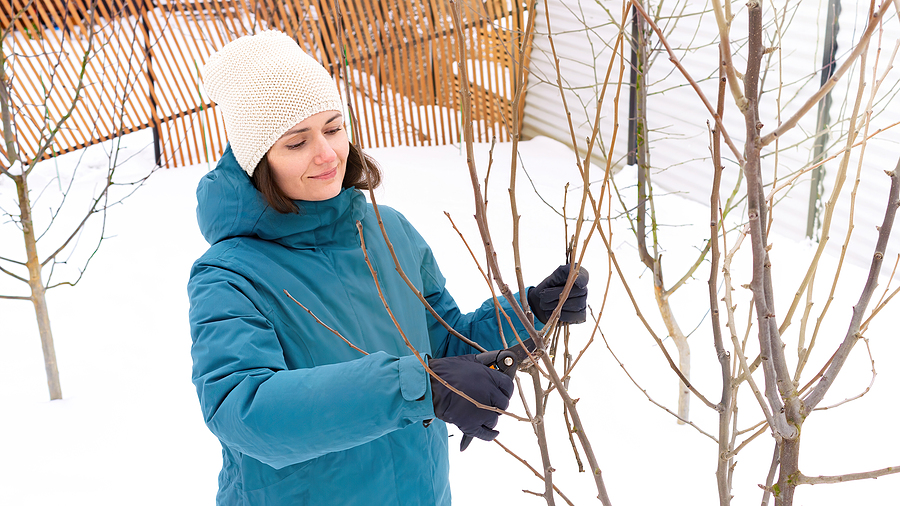
Winter Tree Care
Winter poses unique challenges to trees, including freezing temperatures, snow accumulation, and harsh winds. These elements can cause damage to the tree’s branches, bark, and roots, leaving them vulnerable to disease and pest infestation. Therefore, it is crucial to take proper care of your trees during this time of the year. You might want to also consider planting winter-resistant tree species that are hardy to Indiana climate.
Tree Mulching in Winter
One of the most critical aspects of winter tree care is mulching. Mulch acts as a protective layer around the tree, insulating it from extreme temperatures and maintaining soil moisture levels. Additionally, mulching helps to suppress weed growth and provides essential nutrients to the soil.
When mulching your trees for the winter, keep in mind the following tips:
► Use organic materials such as wood chips, bark, or pine needles.
► Spread mulch in a 2-3 inch layer around the base of the tree, leaving some space between the trunk and the mulch to prevent rotting.
► Avoid piling up mulch against the tree’s bark as it can create a favorable environment for pests and diseases.
Tree Cable Installation
Winter storms can bring strong winds, causing trees to sway and potentially break. Tree cable installation is a preventive measure that can help reduce the risk of tree damage during these storms. It involves installing cables and braces to support weak or damaged branches, providing additional stability to the tree. Tree cable installation should be done by a professional tree service company that can assess the tree’s structure and determine where support is needed. This process typically involves drilling into the tree’s branches and attaching cables to provide extra strength.
Tree Watering in Winter
Though trees require less water during the winter, they still need some moisture to survive. During extended periods of dry weather, watering your trees can prevent root damage and dehydration. It is best to water your trees when the temperature is above freezing.
Winter Pests That Can Damage Trees
Pests are a common problem for trees during the winter, especially when they are weakened due to extreme temperatures and lack of water. Some common winter tree pests that can cause damage to your landscaping trees during this time include:
Bark beetles: These insects target weak or stressed trees and can cause severe damage by boring into the bark.
Mice and rabbits: These critters can gnaw on tree bark, causing significant harm to the tree’s health.
Deer: In search of food, deer can strip bark from trees with their antlers and hooves. This is known as bark rubbing, which leaves trees vulnerable to disease and infection.
To prevent pests from damaging your trees during winter, consider installing barriers or deterrents around your trees and keeping a watchful eye for signs of infestation.
Conclusion
Proper winter tree care can make a significant difference in the overall health and well-being of your trees. By mulching, watering, installing tree cables, and protecting trees against pests, you can protect your trees from harsh weather conditions and give them the best chance for survival. Remember, it’s always best to consult with a professional arborist for expert advice on tree care and maintenance. With these essential steps, your trees will be ready to bloom again come springtime. So, enjoy the winter wonderland while taking good care of your trees!
If you’re in need of a professional tree care this winter season, don’t hesitate to get in touch with our team. Contact Complete Tree Care at 317-783-2518 for licensed and insured tree service in Indianapolis, Indiana. We serve residential and commercial clients with comprehensive tree care solutions.
Related Posts:
Top 3 Winter Tree Damages and How to Prevent Them
Spring to Winter Seasonal Pruning Tips for Trees
The Advantages of Tree Pruning in Winter

